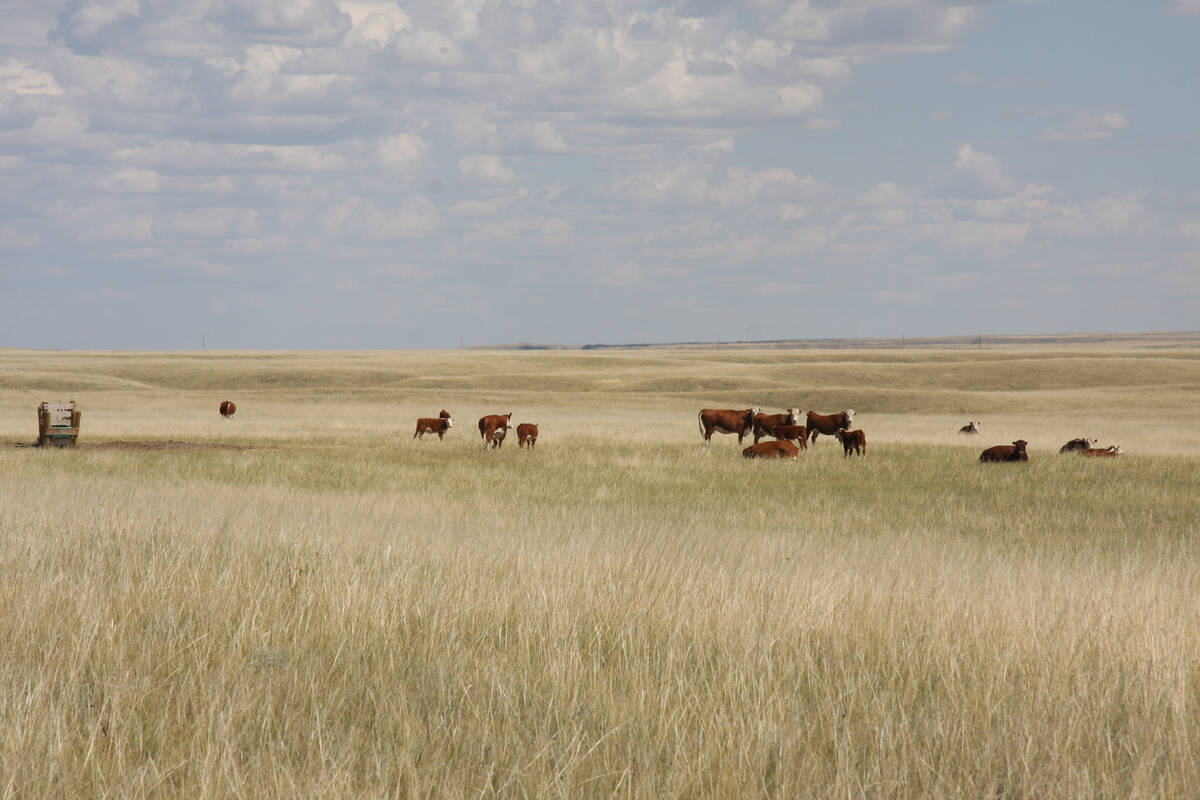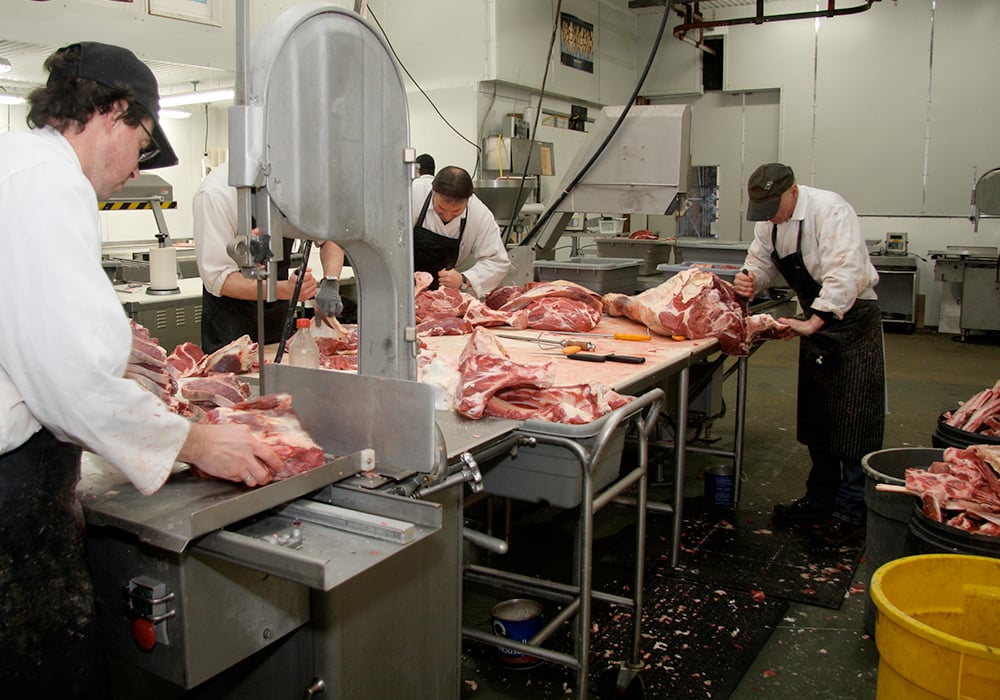U.S. efforts to build more regional plants mirror similar calls made in Canada, but analysts shrug off their effectiveness
Many headlines and skeptical shrugs followed U.S. president Joe Biden’s calls to reduce concentration in the meat-packing sector.
While many U.S. cattle producer representatives cheered the White House initiatives to investigate anti-competitive practices, subsidize the creation of new regional packers and toughen the rules around market collusion, most North American industry analysts found little constructive in the announcements.
Similar calls for more small meat-packing companies than the handful of giants that exists today were heard in Canada early in the pandemic and have been similarly dismissed by most analysts.
Read Also

Conservation groups enter grazing lease debate
The Municipal District of Taber in southern Alberta remains at a political crossroads, weighing the interests of generating revenue for public services with conserving native grasslands.
“Consumers like low meat prices, especially now during inflationary times, and most of the solution to the ‘problem’ of high concentration levels in the end involve higher prices to consumers or more government money — and hence subsidies by taxpayers,” said University of Manitoba agricultural economist Jared Carlberg.
“It seems unlikely that the actions proposed by the Biden administration will have much impact on the U.S. industry. It’s probably more about politics and being seen to be ‘doing something’ than actually expecting any real change to result.”
Recent research fails to support the notion of creating more small, local plants as a way to weaken the market power of corporate giants.
In 2017, the Kansas City Federal Reserve Bank focused its annual economic analysis conference on the issue of concentration in agriculture, and the main conclusions challenged assumptions that, in processing value chains at least, big equals bad and that more, smaller players would be an improvement.
The per-animal cost of slaughter and processing is significantly less for very large plants, and only the best-capitalized companies can afford to build such plants and the refined processing and product development that they make possible.
Other research has challenged the idea that fewer big plants means less competition, and therefore lower prices, for cattle producers.
The biggest, most capital-intensive plants need to be run at nearly full capacity to be efficient and profitable.
The operators need to keep animals flowing from farmers to ensure their needs, so they have an incentive to keep prices attractive enough over the long run to ensure supply.
That doesn’t mean there won’t be substantial swings in cattle and beef prices during market cycles.
Grocery store prices have shot higher during the pandemic, provoking some of the consumer price inflation that has become such an issue in the U.S.
Meat prices, especially for beef, have been the single biggest component of food price inflation, while at the same time producers have often been hit by slumping prices from packers.
Critics of the meat-packing companies say the high consumer prices and, at times, low cattle prices are due to excess concentration among packers, possibly due to collusion and anti-competitive prices. They insist the situation could be remedied by the creation of more packing plants, better policing of the giants, and perhaps even by breaking up the major processors.
The meat-packing industry highlights the fact that collusion is often alleged but not borne out by investigations. As well, they say high consumer prices are often caused by pandemic-related shortages, and the most significant factor causing production shortfalls and production shortages is a chronic lack of slaughter plant labour.
“Labour remains the biggest challenge,” said North American Meat Institute spokesperson Sarah Little.
“Our members of all sizes cannot operate at capacity because they struggle to employ a long-term stable workforce. New capacity and expanded capacity created by the government will have the same problem.”
Western Canada’s meat-packing plants have critical problems with worker shortages.
The Brandon Maple Leaf Foods hog slaughter plant has operated under capacity for years due to a shortage of workers, a problem compounded by the pandemic’s disruptions, the sickness of workers from COVID-19 and the lack of new immigrant workers.
More profoundly, industry analysts say the modern food value chain isn’t based on the basic processing of bulk commodities, but upon product differentiation based upon tight specifications that are different from company to company.
That means a tighter connection between farm, processor and retailer is required, rather than a looser one in which animals are produced, slaughtered, processed and retailed without co-ordination.
Many say it would be better to focus on extracting more value for farmers than creating smaller packing plants.
That, however, relies more upon producer-processor contracting and long-term relationships, which makes it hard to regulate. It also makes it difficult for small, independent farmers, who struggle to produce enough volume to entice packers to offer them the best pricing.
The Biden White House’s focus on packer concentration in agriculture is new in comparison to recent presidential administrations.
Former U.S. president Donald Trump showed little commitment to challenging the structure of American agriculture, focusing instead on the challenge posed by China.
Before that, former president Barack Obama’s administration did not aggressively intervene in agriculture through its eight years.
In fact, one of Obama’s key economic advisers, Lawrence Summers, recently criticized Biden’s focus on corporate consolidation as a cause of food price inflation, saying it was a red herring.
However, Biden has loaded his advisory team and key government economic agencies with opponents of corporate concentration, so few see the current focus on corporate power in food and agriculture fading soon.
















